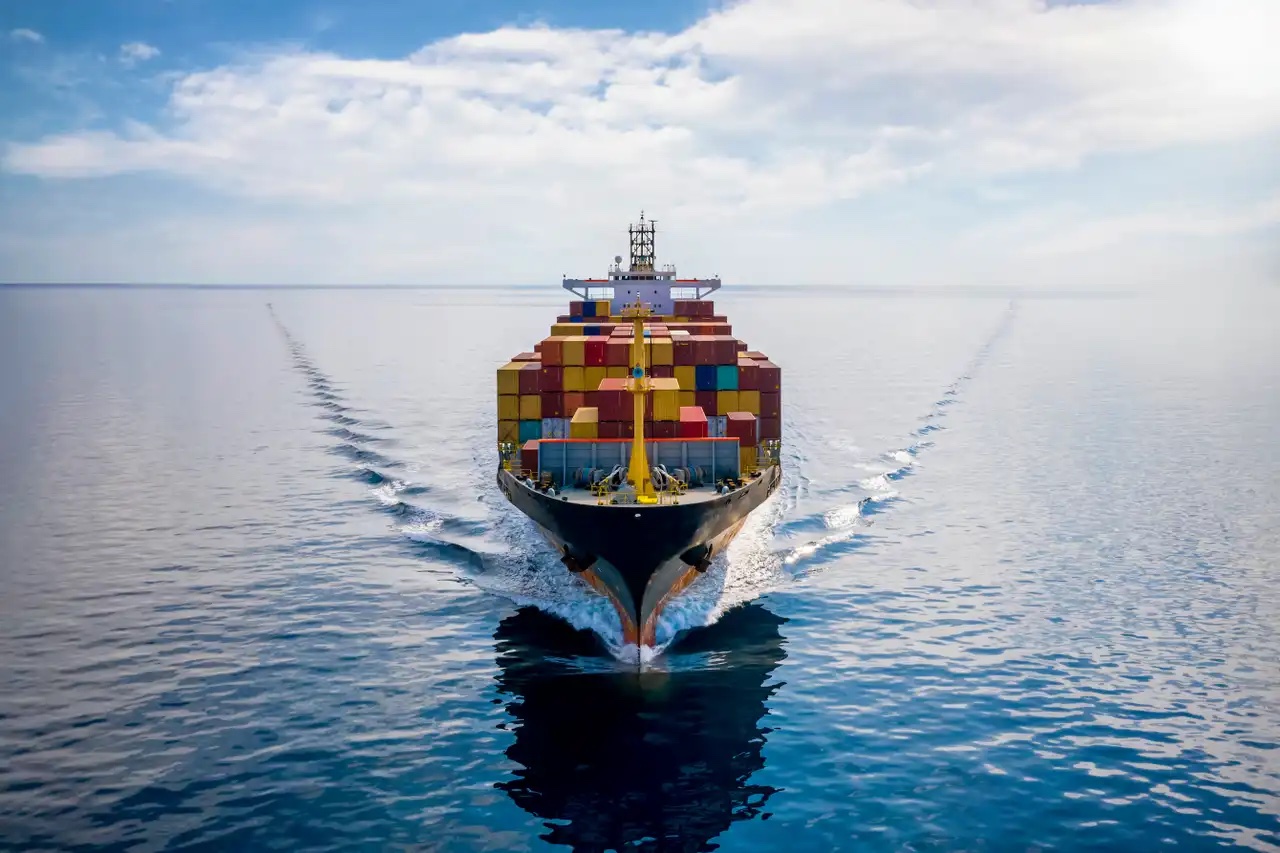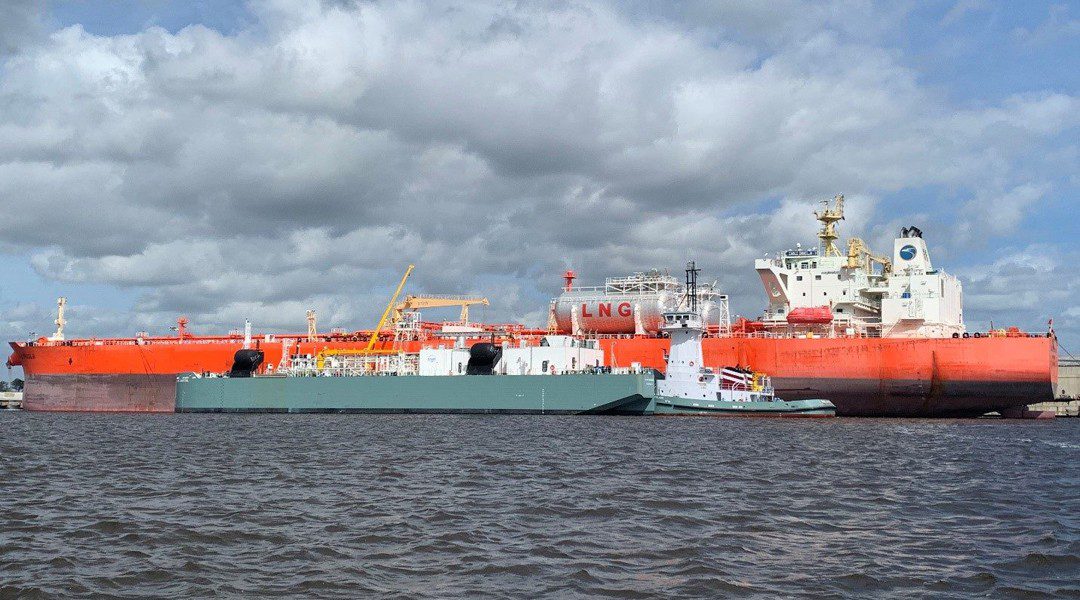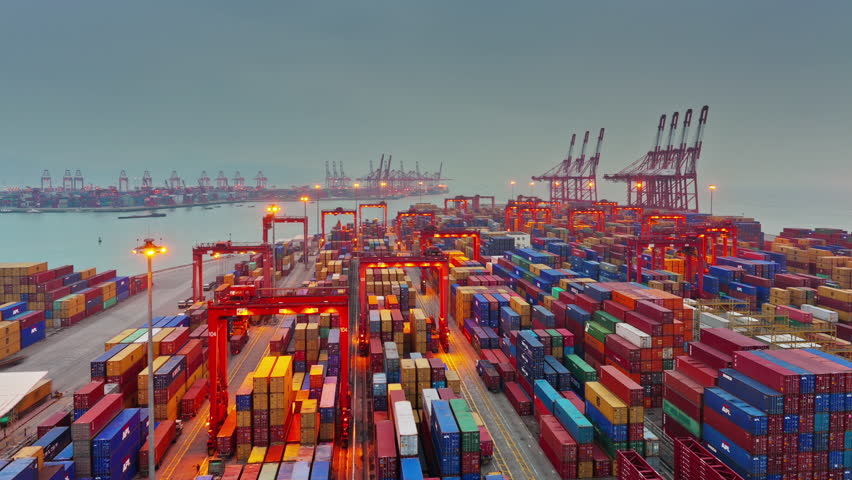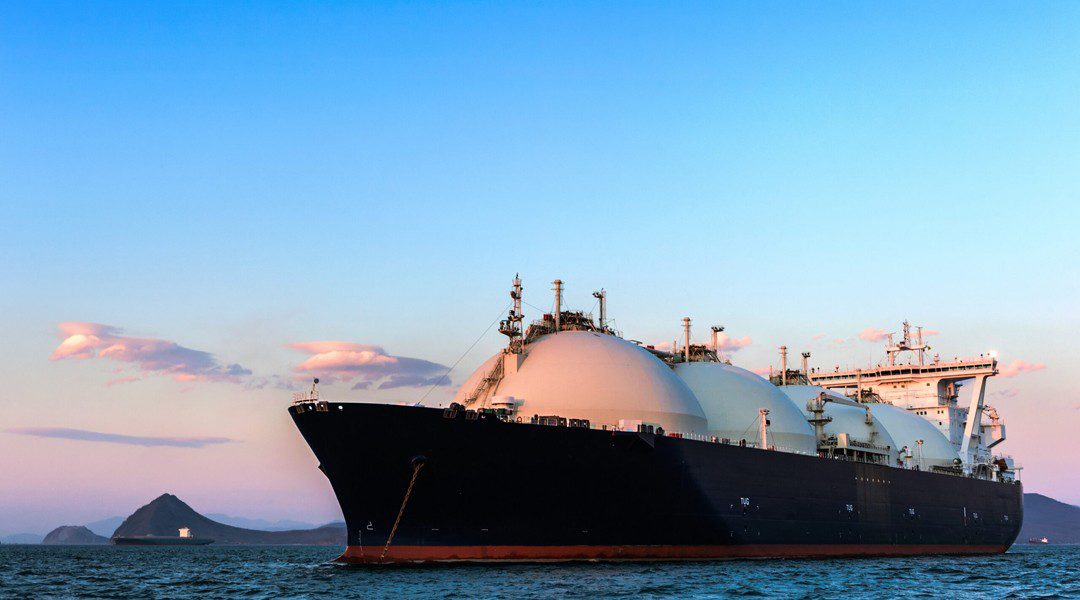By Sebastián Betancourt
The cargo mobilized by the railway carriers –Fepasa and Transap– that operate on the network of the Empresa de los Ferrocarriles del Estado (EFE) achieved a 10.9% increase in the first half of 2025, according to the state-owned company. The result was driven by a series of improvements being developed to boost infrastructure.
Likewise, the revenue obtained from freight transport recorded $8,860 million, a figure that translated into a 12.1% increase in the period January – June of the current year.
The better performance of the freight segment, added to the indicators in passenger movement, allowed EFE to complete the first half of 2025 with total earnings of $53,529 million and a rise of 15.5%.
Jorge Guajardo, general manager of EFE Logística, told PortalPortuario that “this increase in volumes is mainly due to the implementation of better standards in our network, which allow for the operation of longer trains, higher axle loads and better speeds. These advances enhance operational efficiency and thereby strengthen the rail modal share of our current carriers and cargo generators.”
According to the executive, the positive result achieved in the first half of 2025 reflects the strengthening of the infrastructure being developed on the EFE network and which will support the forecasts for increased freight transport by train.
“The results of greater investment and spending on the preventive maintenance of the infrastructure are beginning to become evident, which has increased the reliability of the network and ensured operational continuity. The above constitutes a solid foundation for receiving, starting in 2026, additional volumes of cargo on the network, which we project will be sustained in the coming years,” emphasized Guajardo.
EFE Logística
The state-owned railway company previously announced the establishment of EFE Logística, a new subsidiary dedicated to boosting the freight transport segment on its railway lines, which extend from Valparaíso to Puerto Montt, including multiple branch lines. The structure will allow for an exclusive focus on developing the movement of goods and streamlining processes in initiatives that allow progress towards the established objectives.
In this vein, its general manager explained that “we will be able to concentrate specifically on everything that logistics entails, so that it is not just one of EFE’s occupations among many others, but rather becomes the main occupation of a particular team, which has its effort focused all day on opening new possibilities for product transport and network optimization.”
“Here we have a different task, placed at the service of generating dynamic solutions, coordinations that enhance not only the transport of goods, but also productivity conditions in Chile, the harmonious functioning of city traffic routes, and certainty for our industries,” stated the industrial civil engineer.
“A subsidiary guarantees, in addition to a team and a task, support for high-level or directive decision-making. This means we can have a specific board for cargo decisions, which otherwise are slower and more complex resolutions.
Now we will have the opportunity to focus on making decisions with the speed and depth that this activity requires, through a specific board,” assured Guajardo.
The subsidiary will work on improving and enabling new logistics centers, coordinating among the different actors involved in the logistics chain, managing authorizations, and establishing more complex operations. The main objectives are to double the volume of transported cargo by the year 2030, achieve the financial sustainability of the business, and develop strategic projects.
“We want to be profitable for the company, but above all, we want to be an enabling pathway for productivity, economic activity, and the development of the different territories of Chile,” explained the professional.
Strategies
To achieve the stated goals, the general manager of EFE Logística explained the strategies that will be deployed for this purpose and indicated that “we are developing a new business model, where the main element is to implement the new contract by the year 2028, which represents conditions of greater competitiveness, efficiency, and optimization of the railway network, along with that, to incentivize the increase of intermodal centers, which translates into more opportunities for moving cargo by train.”
“We have 21 sites that meet the requirements for installing intermodal centers. Along with that, we are deepening the management of logistics projects, restructuring their governance, and defining a series of initiatives that will allow us to achieve the goal of doubling the volumes. We have already begun to open new routes and coordinate logistics operations,” expressed Guajardo.
“The updating of contracts with carriers, furthermore, allows us to generate new incentives for the business and more competition in the market. Starting in 2028, new carriers will be able to enter the market and that is good news for the business and for cargo generators,” he added.
“In terms of financial sustainability management, we are developing projects with private profitability, which ensure the company has the financial solvency to be able to develop them in the long term, which is a relevant factor for users who, in turn, invest significant amounts in rolling stock, for example,” stated the executive.
“We are beginning to operate as strategic partners capable of opening and enabling markets for railway carriers and for cargo generators, thinking about the possibilities that open up for different industries such as forestry, salmon farming, fruit growing, or mining itself,” explained the general manager of the subsidiary.
Regarding the new markets that could be explored to increase volumes, the engineer pointed out that one can consider “any sector or industry where the attributes of the railway mode are relevant, such as cost efficiencies derived from economies of scale, considering that a convoy can transport approximately 3,000 tons of cargo; the contribution to road decongestion, especially in accesses to port systems; the reduction of CO? emissions
to the environment; and allowing for the diversification of transport modes, favoring more resilient and flexible logistics chains; among other benefits.
National and International Interest
In line with the entry of new companies into freight transport in the coming years, Jorge Guajardo stated that “in a short time we have received a high level of interest from various potential new carriers, both national and international, which shows that we are moving in the right direction. This interest comes not only from companies directly linked to the railway sector, but also from companies in the logistics field that seek to diversify their operations and offer their clients more comprehensive solutions.”
“Every railway project requires time and rigor to evaluate in detail the associated operational and investment implications. Therefore, it is essential to start these processes with due anticipation and planning. In this context, our mission is to communicate from now on the changes that will be implemented in our model starting in 2028,” commented the head of EFE Logística.




